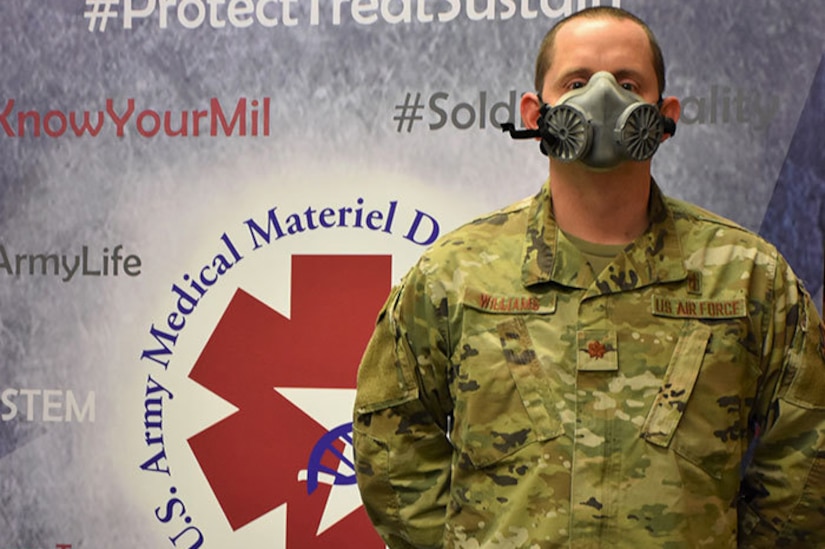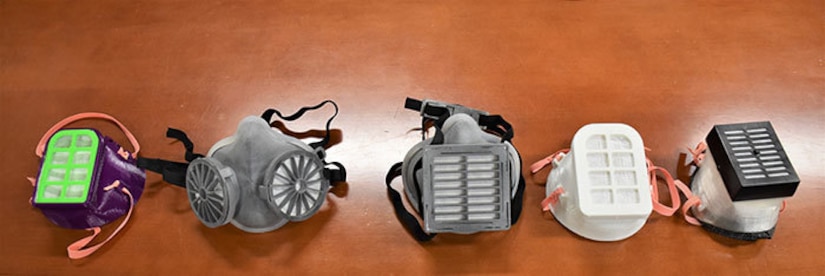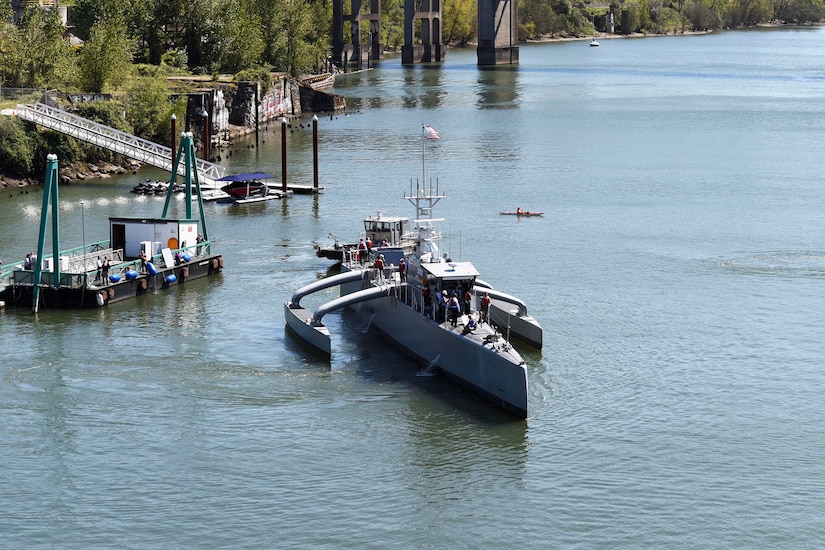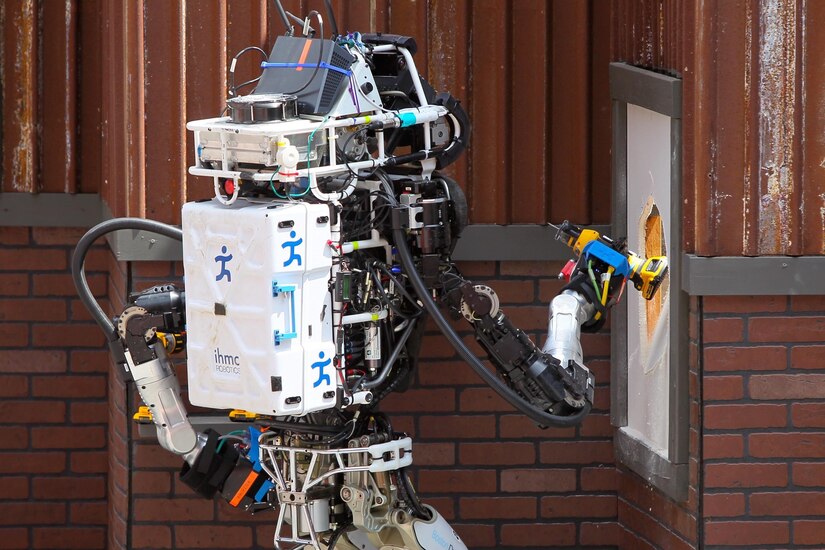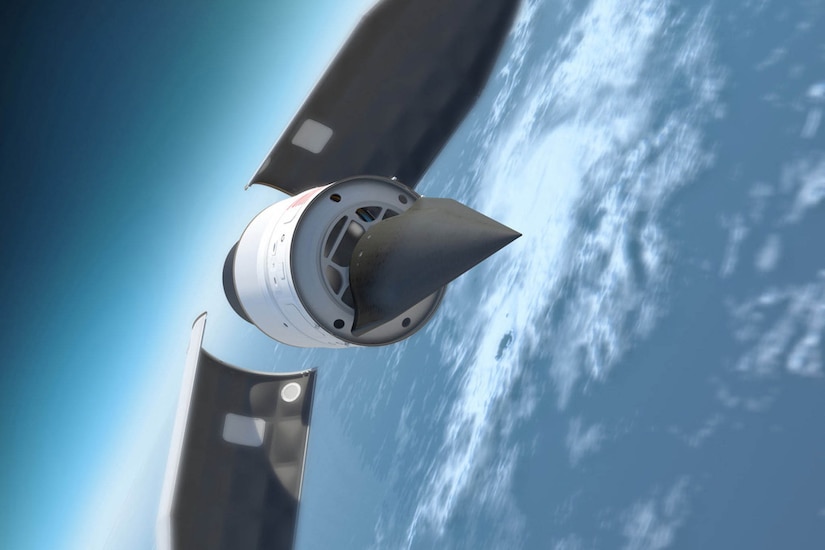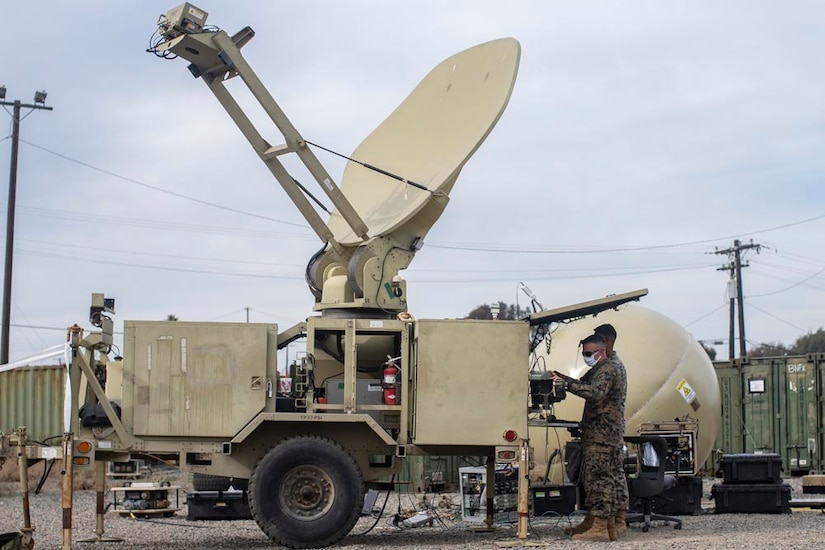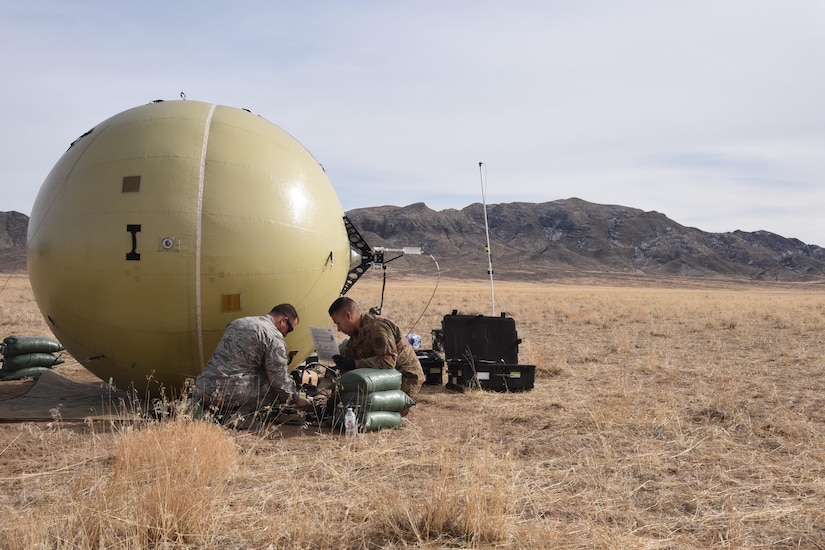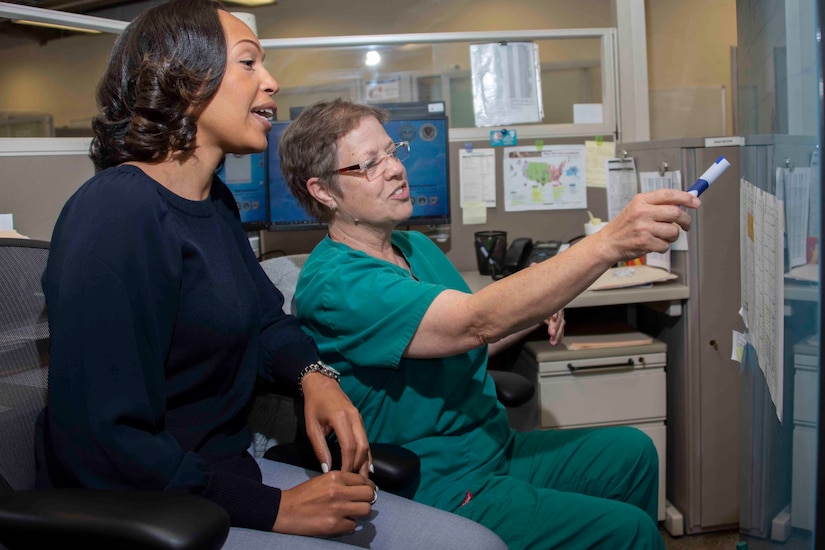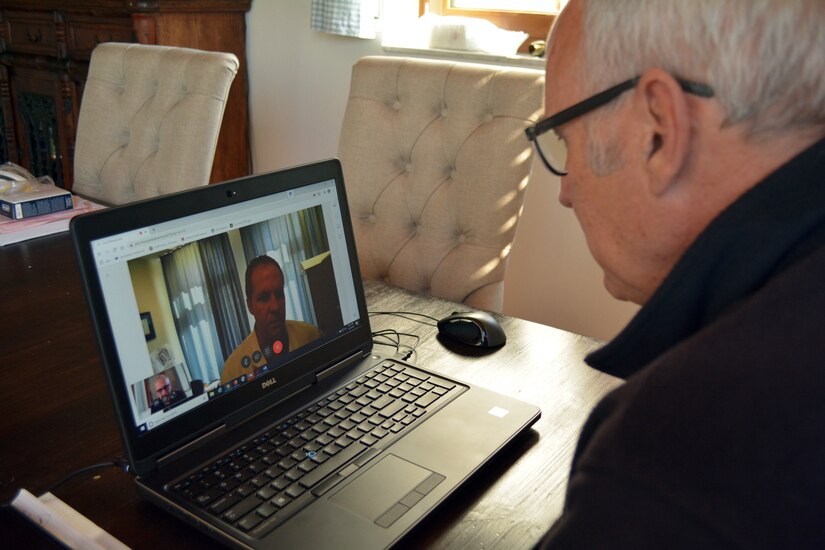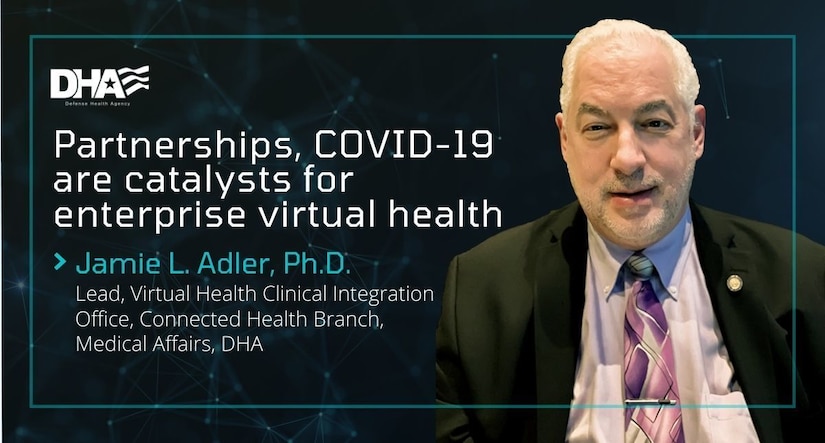Jan. 25, 2021
|
BY JEFFREY SOARES, MEDICAL RESEARCH AND DEVELOPMENT COMMAND
In response to the COVID-19 pandemic, the U.S. Army
Medical Materiel Development Activity's Warfighter Expeditionary
Medicine and Treatment Project Management Office, as part of the U.S.
Army Medical Research and Development Command's Additive Manufacturing
Working Group, has played an integral role in the ramped-up effort to
produce N95 respirators for health care and frontline workers across the
nation.
As stated on the Food and Drug Administration's website, an N95
respirator is "a respiratory protective device designed to achieve a
very close facial fit and very efficient filtration of airborne
particles." Compared to a surgical mask, which is loose-fitting, the
edges of the N95 mask are designed to form a very tight seal around the
individual's nose and mouth, providing the highest levels of protection
against infection from COVID-19.
Air Force Maj. Daniel Williams serves as product manager of the WEMT
PMO's N95 respirator efforts at USAMMDA. These include coordinating
programmatic and regulatory support, leveraging existing government
resources and developing synergies within the Defense Department's
organic industrial base to successfully generate N95 respirator
products. He explained that his primary task is to ensure the medical
device meets military needs and regulatory requirements, and that
development of the product remains on schedule and within budget.
In a recent interview, Williams offered a great deal of insight with
regard to USAMMDA's N95 respirator efforts, and the work to produce and
distribute these products as quickly as possible in the battle against
the spread of COVID-19 throughout our nation and the world.
As product manager within the WEMT PMO, please describe your responsibilities in regard to the N95 respirator effort.
The N95 effort is a slightly atypical experience, in that we are
primarily working with DOD partners who have never manufactured medical
devices. However, they have extensive experience in various methods of
manufacturing, including additive manufacturing, also known as
three-dimensional, or 3D printing. So, our primary responsibility is
assisting these DOD manufacturers in navigating the medical device
world, including compliance with U.S. Food and Drug Administration and
National Institute for Occupational Safety and Health regulations.
Further, we facilitate test and evaluation of their products, by
leveraging DOD laboratories and government partners to obtain
performance feedback on respirator prototypes.
Please describe the features of the N95 respirator, and why
this device is superior to others currently on the market. What is its
significance, especially with regard to COVID-19?
It's not so much superiority as it is availability. One of the
highest levels of respiratory protection for medical purposes, to
include viral infection, is a NIOSH-certified N95 respirator. These come
in multiple forms, but all are held to the same standard of filtering
at least 95% of relevant particles, such as the Sudden Acute Respiratory
Syndrome Coronavirus-2 virus. Most people are familiar with what is
called an FFR, or a filtering facepiece respirator. These are the
standard disposable, one-time-use products typically worn by our health
care workers. However, at this time, these types of masks are nearly
impossible to 3D-print. Our group has been working on what is called an
elastomeric half-mask respirator, which is a reusable frame produced by a
3D printer, with a disposable media or cartridge that filters at the
95% level.
When the pandemic hit, the on-hand supply of N95 respirators,
specifically FFRs, was quickly exhausted and traditional N95
manufacturers were not prepared to meet this new demand. Therefore, the
primary purpose of the N95 working group is to develop N95 respirators
to supplement existing supplies of respirators, as well as to develop
new manufacturing capabilities within the DOD's organic industrial base,
which consists of military arsenals, maintenance depots and ammunition
factories. Ensuring the DOD has the capability to independently
manufacture protective respiratory devices will help to protect
frontline workers during the COVID-19 pandemic, and it will also help to
maintain our military readiness in the face of future pandemics or
biothreats.
Please detail the current status of the N95 program, and explain what lies ahead.
Currently, we've partnered with multiple organizations across the DOD
including the Army, Navy, Coast Guard, and the Defense Logistics Agency
to support N95 respirator design, manufacturing and distribution
through existing logistics. To date, we've facilitated testing of 18
iterations of respirator design, and two have successfully passed
preliminary evaluation at the Army's Combat Capabilities Development
Command's Chemical Biological Center. Our next steps will be to assist
these manufacturers with the NIOSH application and process, to obtain an
N95 certification for these respirators. Further, we are continuously
seeking new partners within the DOD who have N95-related efforts, so
that we may be able to assist.
The COVID-19 pandemic has clearly illustrated that civilian medical
supply chains were unprepared to rapidly scale-up production of critical
medical supplies such as medical personal protective equipment,
including N95 respirators. Although this crisis will end, the next one
could come along at any time. Additionally, the impact of critical
medical supply shortages on military readiness could occur again in
future battlefields from natural pandemics or biothreat agents. By
continuing to focus on producing medical devices within the DOD organic
industrial base, we can translate the lessons we've learned with medical
personal protective equipment shortages into better preparedness for
the next medical crisis, as well as for future conflicts in a
multi-domain operational environment.
Why was the WEMT PMO tasked with the N95 respirator effort?
The WEMT PMO's everyday mission is to develop and deliver medical
devices to our service partners in the Army, Navy, Air Force and
Marines. In response to the COVID-19 pandemic, our program office was
able to naturally pivot and leverage our staff's medical product
development expertise and apply it to the crisis at hand. This is truly
what project managers do — we find creative ways to deliver effective,
suitable and timely medical solutions when and where they are needed
most.
Please list the other members of the N95 respirator program team and detail their responsibilities in the overall effort.
The team has been phenomenal and is comprised of many professionals.
However, the N95 program is actually a subgroup of the USAMRDC's
Additive Manufacturing Working Group, and nothing could have been
accomplished without its assistance and guidance. The AMWG oversees
three specific product lines: diagnostic swabs, ventilator parts and
accessories, and the N95 respirator. As the lead for the N95 line of
effort, I was tasked with outlining FDA and NIOSH requirements,
initiating agreements between organizations and leading an N95 working
group to facilitate collaboration amongst all of our partners.
The N95 team specifically, can really be split into three different
components, and we'd be nowhere without the ongoing collaborative effort
from each component. First are our manufacturing partners, the U.S.
Navy Underwater Warfare Center-Keyport, U.S. Forces Korea, Defense
Logistics Agency and the U.S. Coast Guard Academy. These organizations
have the technical and subject matter expertise to not only design an
N95 respirator, but actually to produce it through additive
manufacturing methods.
Second is our AMWG team members at USAMRDC, comprised of the Office
of Regulated Activities, Office of the Principal Assistant for
Acquisition, Legal office, and USAMMDA's Office of Research and
Technology Applications and the WEMT PMO. The USAMRDC ensures all
regulatory requirements for the respirator have been met, appropriate
agreements are in place between organizations, and that any concerns
with patents or intellectual property on the respirator designs have
been addressed. It also provides clinical expertise on potential
products, and facilitates test and evaluation of N95 respirator
prototypes.
Last, but certainly not least, is the Army's Combat Capabilities
Development Command Chemical Biological Center. The CCDC CBC has been
evaluating all forms of respirators for decades, and has an unparalleled
knowledge of respirator design and evaluation. Once our manufacturing
partners have produced a prototype, it is sent to CCDC CBC for
evaluation to determine whether it will meet the NIOSH standards for an
N95 respirator. The CCDC CBC has been critical in providing performance
feedback and offering design suggestions for our manufacturers, allowing
iterative prototyping to expedite development of respirators.
Other than for the current pandemic, what are some other uses of the N95 mask?
The N95 was thrust into the spotlight due to COVID-19 being an
airborne respiratory illness. However, the N95 respirator has long been
used as medical PPE to prevent against other airborne illnesses, as well
as in industrial settings to protect workers against airborne
environmental toxins. Therefore, even when the COVID-19 pandemic ends,
the N95 respirator will still be a much-needed product in these types of
situations.
Is there anything else you would like to say regarding the N95 working group?
Tireless effort is put in on a daily basis, from N95 working group
members, internal and external to USAMMDA and USAMRDC, to USAMMDA's
higher headquarters. It has been such an honor to work with such an
amazing group of professionals, spanning the medical and non-medical
communities, and a truly unique experience to see so many different
specialties come together for a common goal. I am extremely grateful to
have been a part of it, and I would like to say a sincere "thank you" to
everyone involved!
USAMMDA is a subordinate command of the U.S. Army Medical Research
and Development Command, under the Army Futures Command. As the premier
developer of world-class military medical capabilities, USAMMDA is
responsible for developing and delivering critical products designed to
protect and preserve the lives of warfighters across the globe. These
products include drugs, vaccines, biologics, devices and medical support
equipment intended to maximize survival of casualties on the
battlefield.
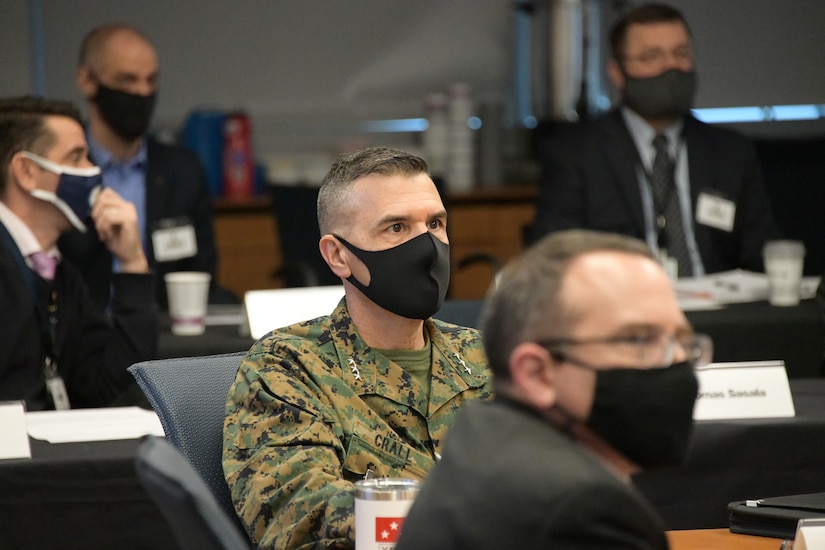
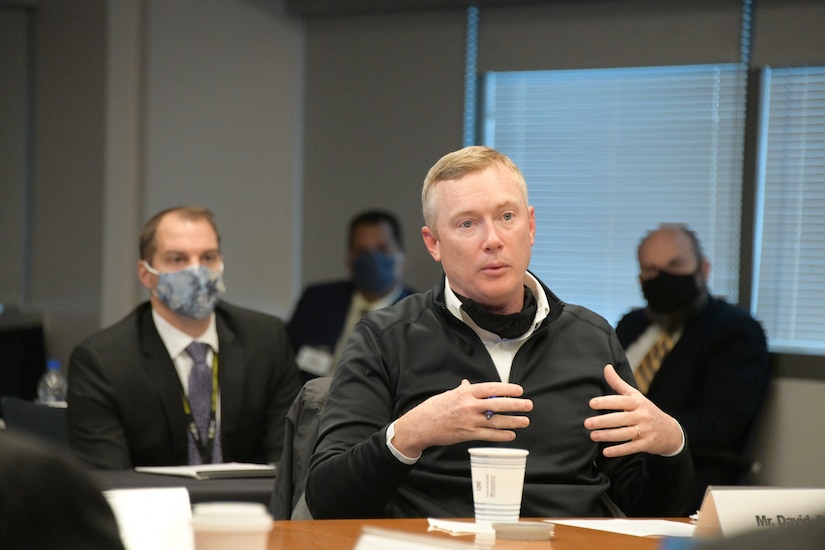

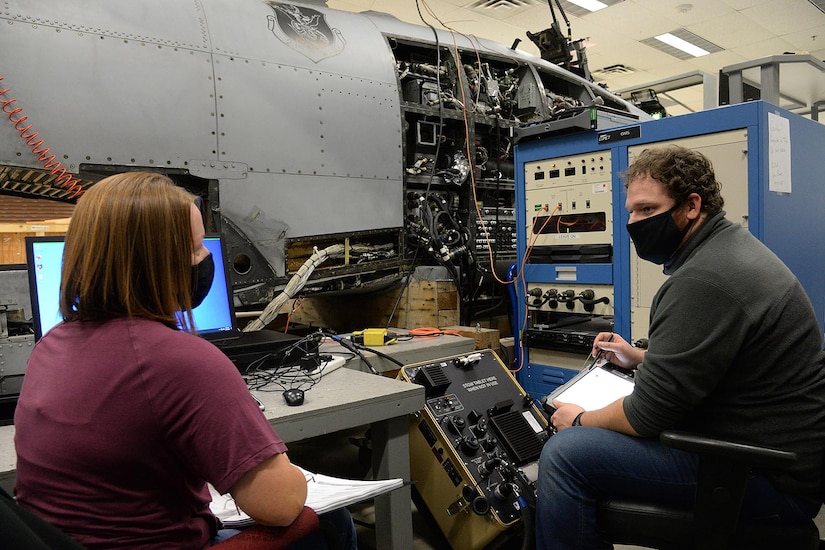
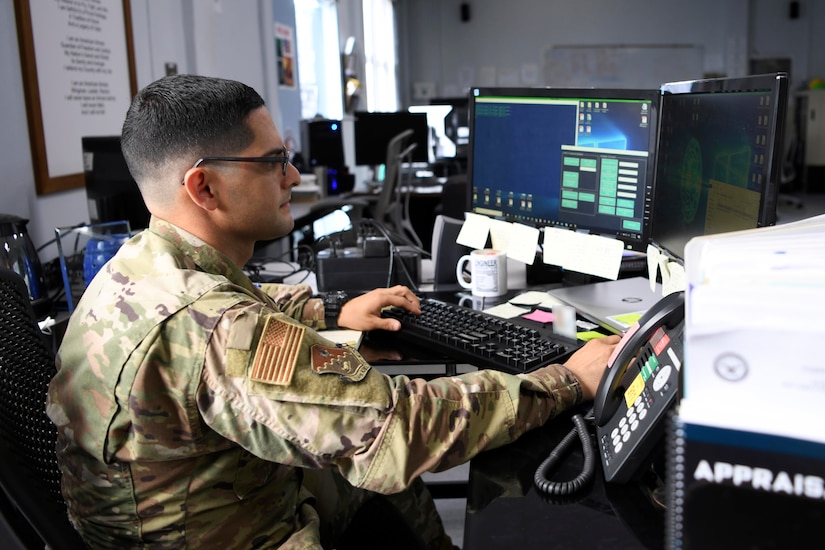
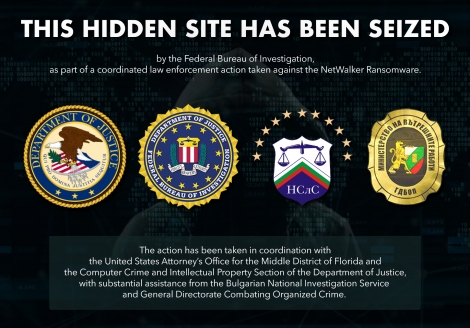 According to court documents, NetWalker operates as a so-called
ransomware-as-a-service model, featuring “developers” and “affiliates.”
Developers are responsible for creating and updating the ransomware and
making it available to affiliates. Affiliates are responsible for
identifying and attacking high-value victims with the ransomware,
according to the affidavit. After a victim pays, developers and
affiliates split the ransom.
According to court documents, NetWalker operates as a so-called
ransomware-as-a-service model, featuring “developers” and “affiliates.”
Developers are responsible for creating and updating the ransomware and
making it available to affiliates. Affiliates are responsible for
identifying and attacking high-value victims with the ransomware,
according to the affidavit. After a victim pays, developers and
affiliates split the ransom.